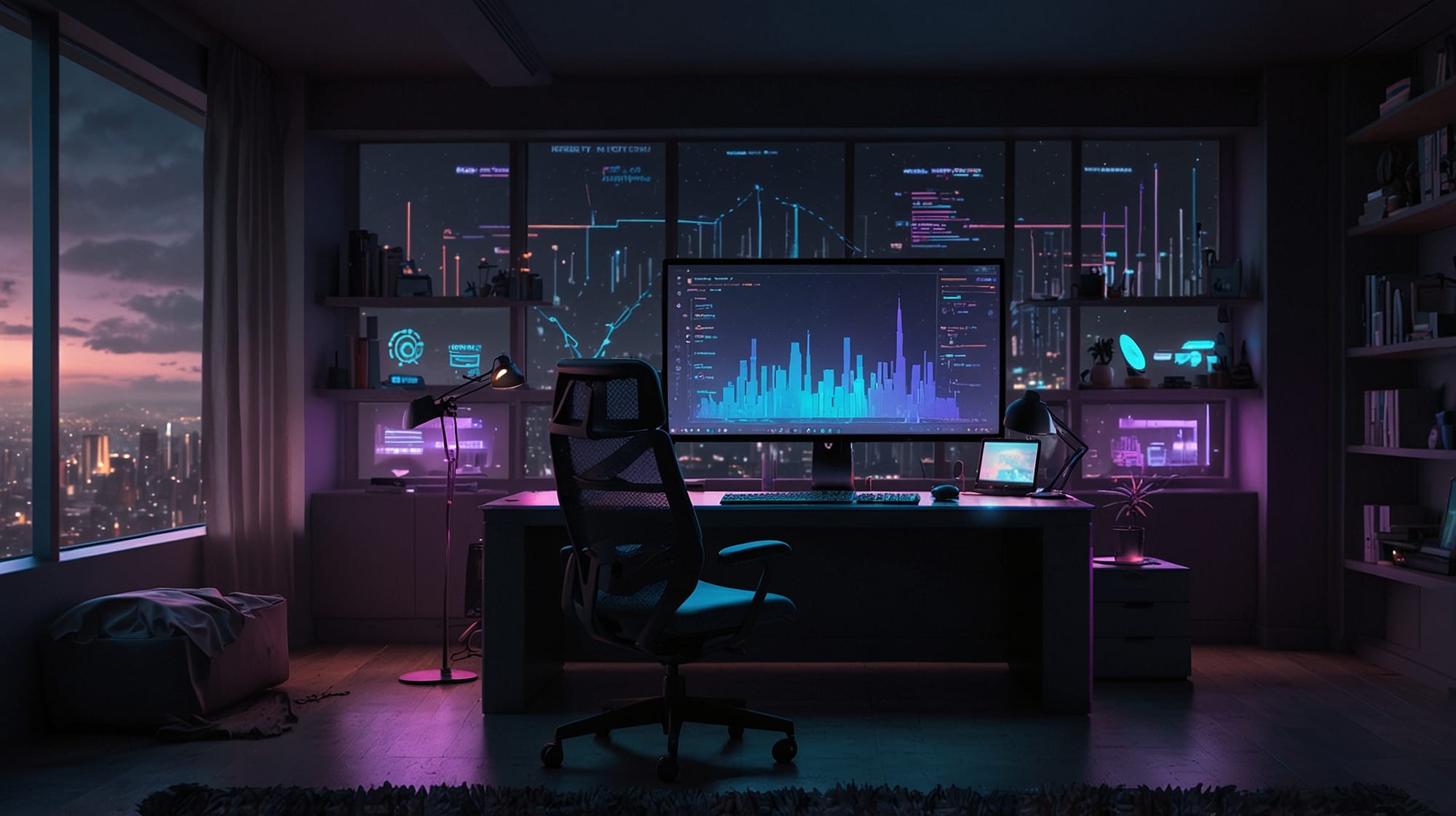Evening Work Log: Enhancements, Fixes, and Design Improvements

This past week, I focused on refining ThinkCode’s user experience, optimizing performance, and introducing modern design elements. Here’s a breakdown of key updates and improvements:
Revamping the ThinkCode Experience
Every evening this week, I dedicated time to refining ThinkCode, enhancing its functionality, and improving its design system. The goal was simple—deliver a better experience through optimized navigation, modern aesthetics, and improved performance.
A major milestone was implementing a modern dark theme, heavily inspired by Linear.app. This not only improves visual accessibility but also brings a more professional and polished look to the interface. Blog readability was also a key focus, so I refined typography and adjusted layout elements for a cleaner and more engaging reading experience.
To ensure that these changes were properly structured, I updated components to align with a new design system, creating a more consistent and scalable foundation for future improvements.
SEO & Performance Optimizations
- Implemented dynamic sitemap generation to ensure all blog posts and pages are indexed correctly.
- Configured a proper
robots.txtfile with a sitemap reference for better search engine crawling. - Updated metadata handling to include OpenGraph and Twitter card tags, ensuring seamless social media previews.
- Improved URL structures and redirects for cleaner navigation and improved SEO ranking.
- Optimized images with:
- Proper sizing attributes for blog posts.
- Lazy loading for content images.
- Eager loading for hero images to enhance initial page load speed.
Branding & Visual Refinements
To align the brand identity across all platforms, I introduced:
- New ThinkCode and ThinkLog SVG logos for a sharper and more recognizable brand presence.
- Enhanced the Logo component by adding:
- Variant support for different branding contexts.
- Improved responsive sizing using Tailwind classes.
Navigation & UX Improvements
To make navigation more intuitive and aligned with user behavior, I:
- Added a global gradient background pattern for visual continuity.
- Made back navigation context-aware:
- Displays BACK{LOG} in blog posts.
- Displays BACK{HOME} on the blog index.
Component Documentation with Storybook
To streamline future development and collaboration, I introduced Storybook documentation:
- Set up Storybook for documenting key components.
- Included detailed examples and interactive states for:
- Logo Component – showcasing variants and sizes.
- FeatureCard – displaying various feature presentations.
- NewsletterForm – handling different states (loading, success, error).
- Hero Component – demonstrating responsive layouts.
- Enabled TypeScript support, ensuring scalability and maintainability.
- Added dark/light mode toggling within Storybook for visual testing.
Final Thoughts
This week’s updates have significantly enhanced ThinkCode’s usability, design, and performance. With improved navigation, an upgraded visual identity, and backend optimizations, the platform is now more robust and future-proofed. Looking ahead, the focus will be on introducing interactivity, refining the onboarding experience, and expanding automation capabilities to streamline workflows.
Excited for what’s next!
Enjoyed this post?
Subscribe to get notified when new content is published.